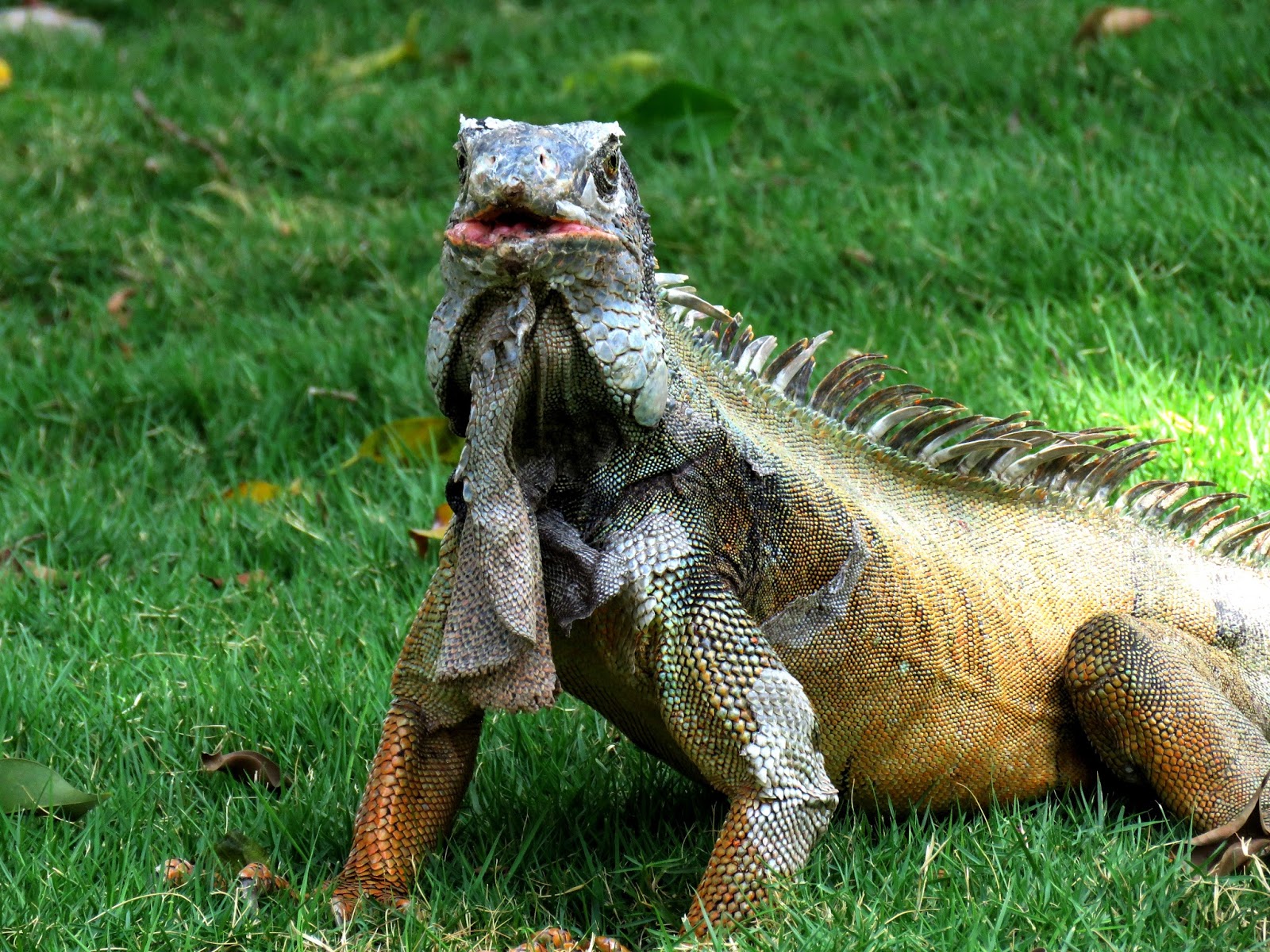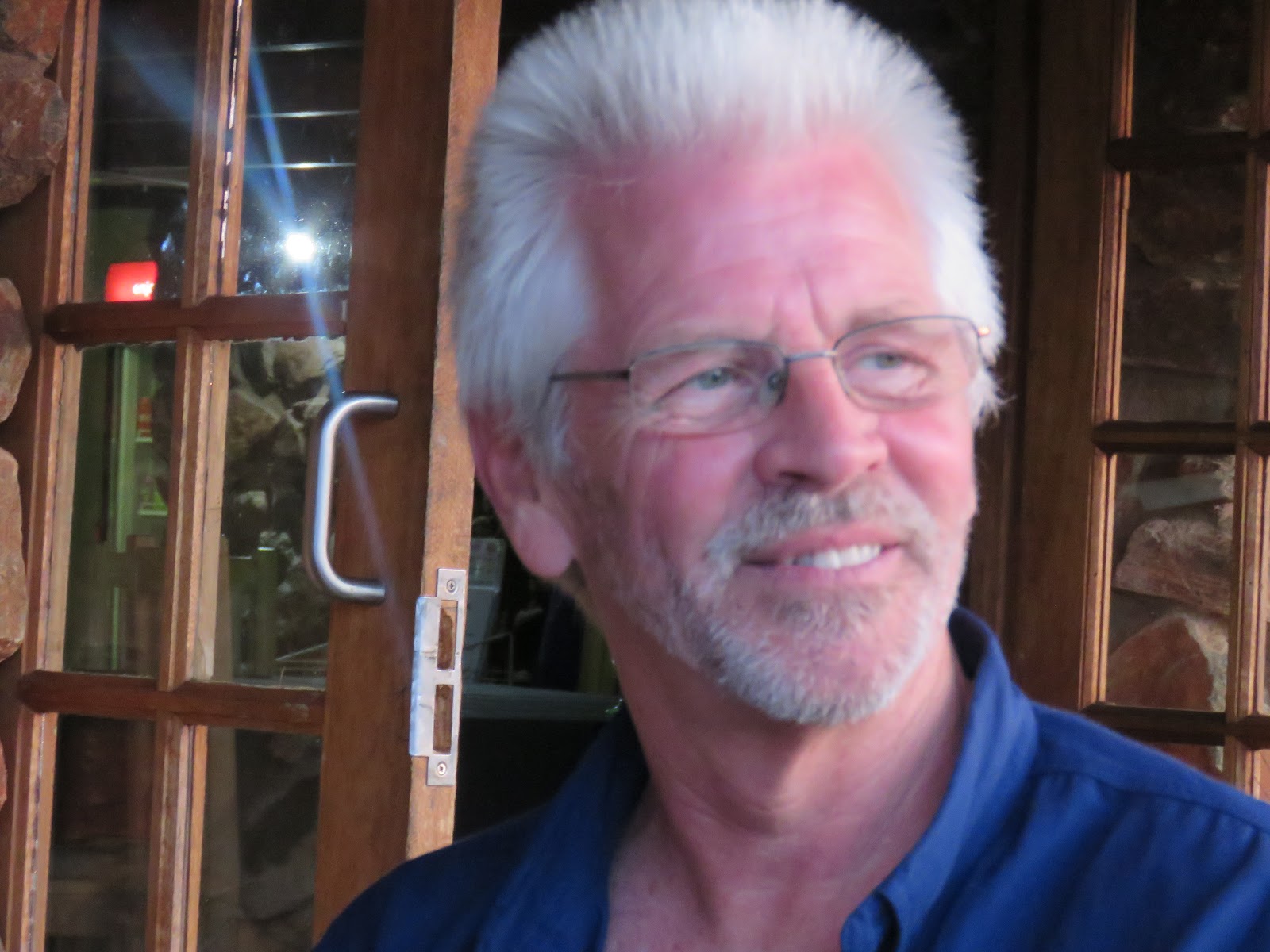“Sighting of the Day in the Bush”
 |
| Bushbuck family comes to visit daily. They always stand at the foot of the veranda, steps away from other wildlife that “steal” their pellets and veg. |
What is the heat index? Here is the answer from this site:
“The heat index is a measure of how hot it feels when the effects of humidity are added to high temperature. To alert the public to the dangers of exposure to extended periods of heat and the added effects of humidity, a Heat Index table is used to correlate measured temperature and humidity into an apparent temperature. This website offers graduated heat maps showing this temperature.
What is the formula for calculating heat index?
HI (Fahrenheit) = 42.379 + 2.04901523*T + 10.14333127*RH – 0.22475541*T*RH – 6.83783×10^-3*T^2 – 5.481717×10^-2*RH^2 + 1.22874×10^-3*T^2*RH+8.5282×10^-4*T*RH^2 – 1.99×10^-6*t^2*RH^2
Where T = air temperature in degrees Fahrenheit
RH = relative humidity
Discomfort Index = (2 x T) + (RH/100 x T) + 24
Where:”
T is the dry-bulb or air temperature in degrees Celsius
RH is the percent relative humidity
90-100 – very uncomfortable
100-110 – extremely uncomfortable
110 and more – hazardous to health
Based on this morning’s temperature of 36C (97F), with humidity at 45%, the heat index so far today is 41C (105.8).
This afternoon we can expect temperatures to stabilize at 36C (97F) with humidity at an expected 55% with a heat index of 46C (114.5F)
Below is a heat index guide in Fahrenheit:

Below is a heat index guide in Celsius:
 |
Of course, if we lived in the US or many other countries, we’d have total house air conditioning or, at the least, a few window units capable of cooling the living areas and bedrooms.
It’s easy to tell the wildlife is also feeling it. We had no less than eight warthogs sitting in the cement pond at varying times of the day. The most challenging period for me was when the power went out from 1300 hours (1:00 pm) to 1530 hours (3:30 pm), the hottest time of the day.
Every so often during the day, when the heat is exhausting, I may spend 20 or 30 minutes in the bedroom with the aircon unit on (always turning it off and on while I’m in the room, never leaving it running when we’re not).
 |
| Not my most flattering photo. Tom looks great! We were standing in front of the architectural scale model. After we posed for this picture, a security guard rushed over, telling us we could not touch one another in the mosque. Of course, we complied. |
Photo from one year ago today, December 8, 2017:
 |
| New friends Lisa and Barry invited us to dinner in the private wine room for one last night together on the ship. They were disembarking the following day while we continued for another 15 nights. For more photos, please click here. |
























































































































